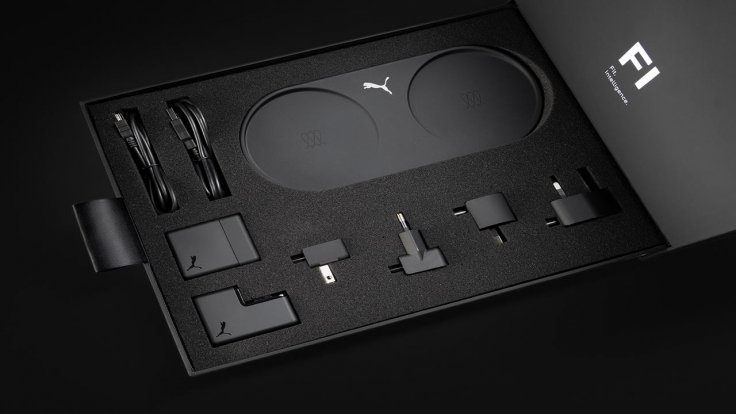A bunch of researchers at the Massachusetts Institute of Technology have found out a new method to make charging genuinely wireless. Unlike the existing wireless charging technology, which requires the device to be put on the charging cradle, the upcoming technology would manipulate the floating radiation in the air to offer device charging even while it is in users' hand, noted ScienceAdvances.
In Detail
The researchers have explained that the technology would manipulate the Terahertz radiation emission. For the uninitiated, terahertz radiation is a signal in the electromagnetic spectrum and sits between the infrared and the microwave signals and often emitted by many devices. Wi-Fi routers or hotspots often use this spectrum to transmit the Wi-FI signal to any connected device.
Technology
The new research by the scientists has designed a prototype to explain the technology called terahertz rectifier. The prototype boasts of a small piece of graphene overlaid with a layer of boron nitride below it. The prototype also boasts of two Ariel antenna which would be responsible for retrieving the terahertz radiation from the air and passing it to the connected graphene besides improving the signal. The signal to the graphene would force the existing electrons in one direction to generate a DC (Direct Current) electricity signal.
The researchers have explained that the graphene used in the device should be pure enough to utilise the technology. Although the existing boron nitride would force the signal to flow in the same direction, impure graphene could cause the electrons to scatter around.
Utility
In its initial phase, the terahertz rectifier won't be very powerful. Still, it would be capable enough to charge batteries in several gadgets. However, the researchers are keen to test the technology first in cells in pacemakers because they are quite hard to replace. But they are hopeful that the technology would be capable of charging smartphones and laptop batteries.
The terahertz rectifier would take some time to appear in the market, as the researchers are yet to test the true potential of the minuscule device. But they are hopeful that it could be a solution to address the energy challenges we are encountering nowadays.










